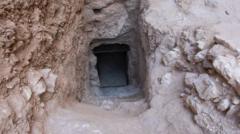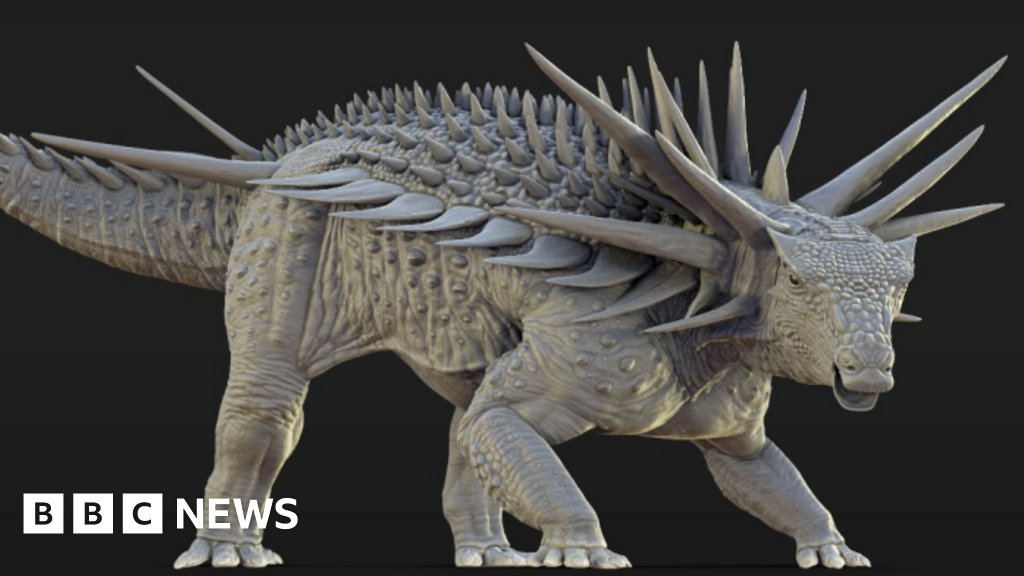The discovery comes on the heels of another recent significant find: the tomb of Tutankhamun more than a century ago. Piers Litherland, the lead archaeologist, suspects that the potential second tomb is situated beneath a 75-foot high mound of limestone, ash, and rubble that the ancient Egyptians created to mimic a mountain in the Theban Necropolis.
Previously, it was thought that Thutmose II's original tomb had been emptied due to flooding six years post-burial. This second location, near the city of Luxor, might house the pharaoh's mummified remains, as indicated by inscriptions found in the earlier tomb.
Remarkably, the first tomb was unearthed in a royal women’s area, but once inside, archaeologists were surprised to find regal decorations like a blue-painted ceiling adorned with yellow stars, exclusive to kings' tombs. Overwhelmed by their discoveries, Litherland describes the emotions felt in such unexpected moments as "extraordinary bewilderment."
Thutmose II, who ruled around 1493-1479 BC, is notably linked to Queen Hatshepsut, one of the few female pharaohs. This find adds to Egypt’s rich archaeological tapestry and continues to reveal layers of its ancient civilization.
Ready to explore more about Egypt's hidden history? Stay tuned!
Previously, it was thought that Thutmose II's original tomb had been emptied due to flooding six years post-burial. This second location, near the city of Luxor, might house the pharaoh's mummified remains, as indicated by inscriptions found in the earlier tomb.
Remarkably, the first tomb was unearthed in a royal women’s area, but once inside, archaeologists were surprised to find regal decorations like a blue-painted ceiling adorned with yellow stars, exclusive to kings' tombs. Overwhelmed by their discoveries, Litherland describes the emotions felt in such unexpected moments as "extraordinary bewilderment."
Thutmose II, who ruled around 1493-1479 BC, is notably linked to Queen Hatshepsut, one of the few female pharaohs. This find adds to Egypt’s rich archaeological tapestry and continues to reveal layers of its ancient civilization.
Ready to explore more about Egypt's hidden history? Stay tuned!
















